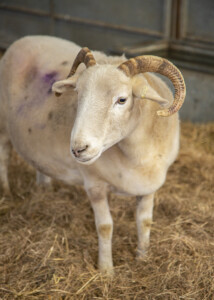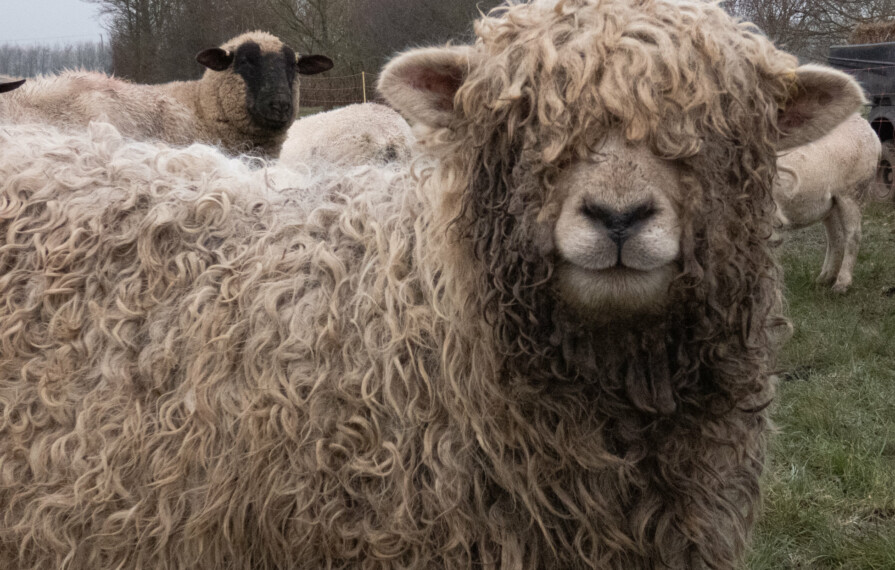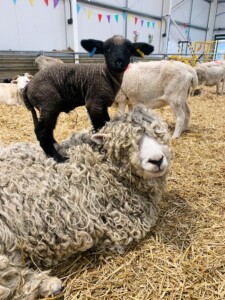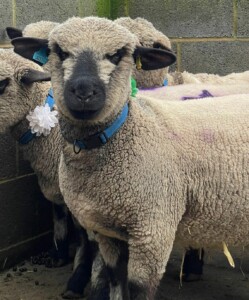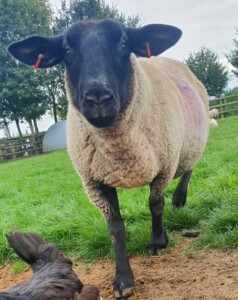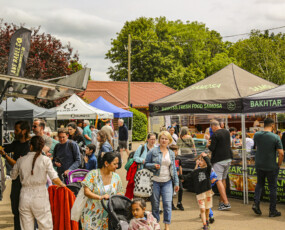With Lambing Season fast approaching, we thought you might like to learn a little bit about some of our different breeds of sheep!
Here at Barleylands, we are very proud of our flock which consists of both commercial and rare breeds. In fact, we have done so well with the rare breeds that we are recognised as an approved Rare Breeds Farm Park by the Rare Breeds Survival Trust (RBST). And, as there are thought to be more sheep breeds in the UK than in any other country in the world, it’s a good job the RBST are keeping track of them all!
The Breeds
Our Devon Longwools can be identified by their remarkable fluffy fleece which covers their face and legs. Developed back in the 18th century the breed was once very popular but it is now recognised as a rare breed. There are very few flocks outside South West England, making ours feel even more special! The breed has a prolific fleece that even the lambs can be shorn! The ewes are hardy and good mothers.
Our Hampshire Downs are broad and strong with a dark brown/black face and ears. Their white wool covers their whole body, stretching up onto their head. A cross between the Wiltshire Horn and the Berkshire Knott. Found throughout the UK and they have also emigrated to Europe, Australia and South America.
One of the easier breeds to pick out is the Suffolk. They have black faces and their ears are downturned. Their legs are also black in stark contrast to their allwhite fleece. This breed began in Bury St Edmunds, officially in 1810, and within fifty years they were competing in their own class at the Suffolk Show. From their small and quintessentially English beginnings, the flock has spread to Europe, Australia, New Zealand and the USA.
